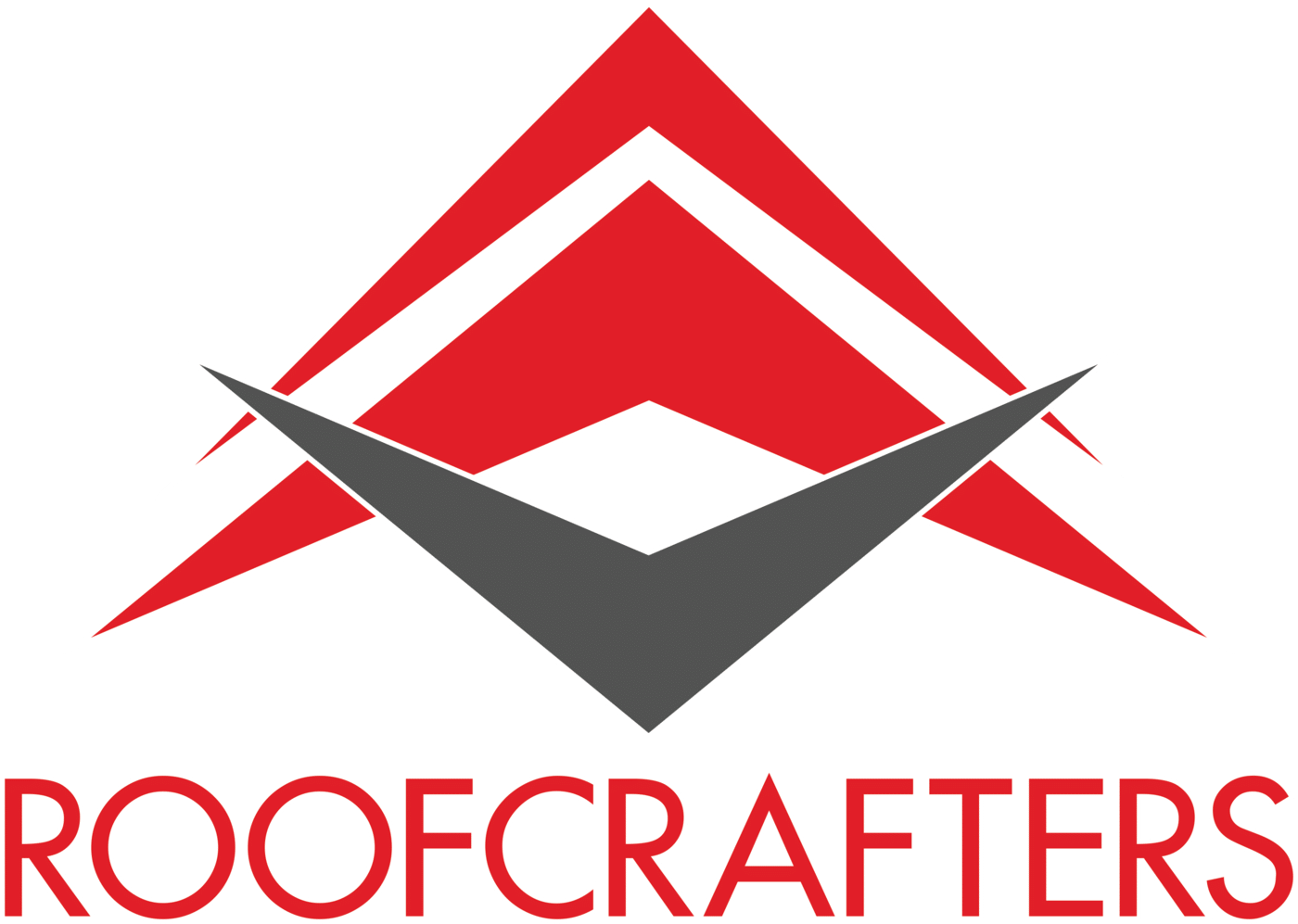What Does a Roof Leak Look Like? 11 Common Signs You Shouldn’t Ignore
May , 2025 | 7 min. read
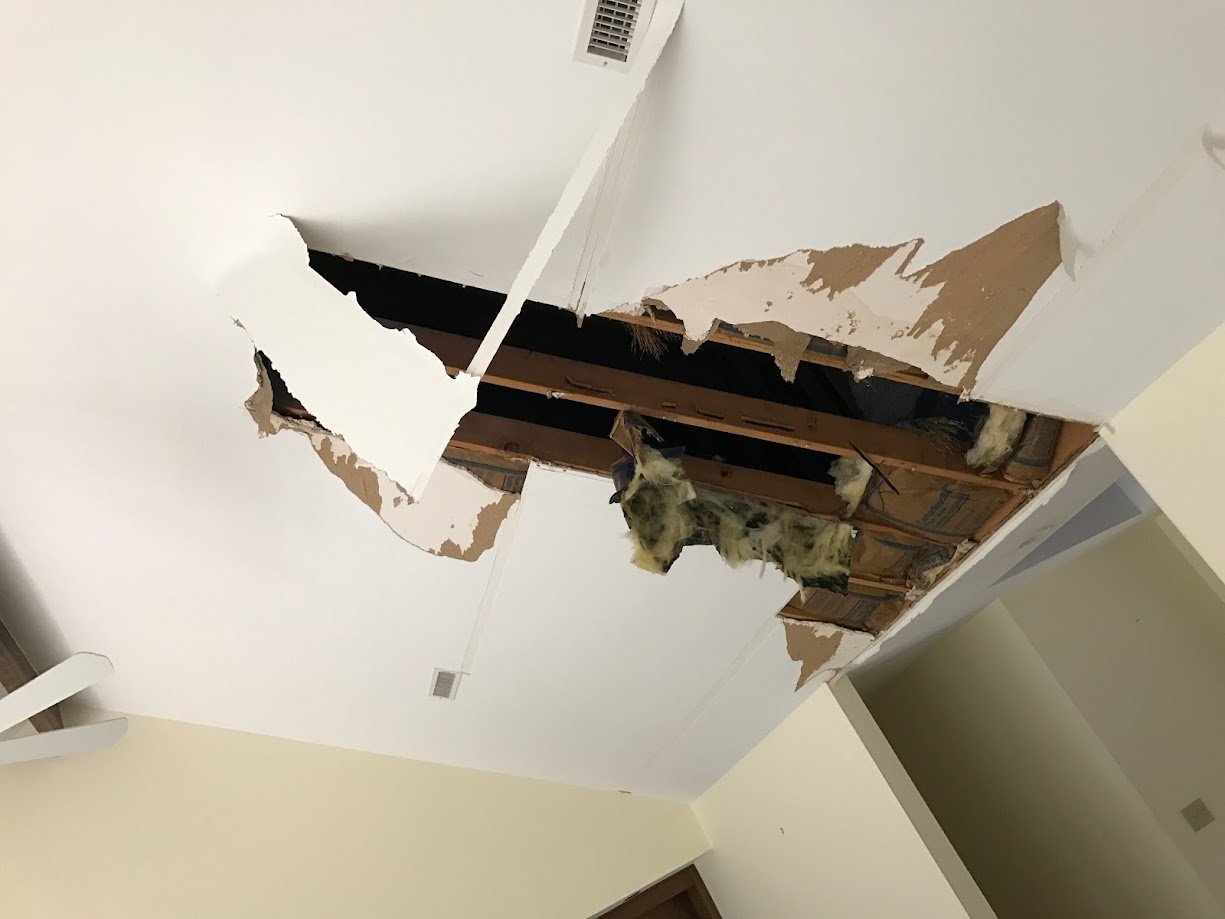
Picture this: a thunderstorm rolls in, and suddenly you’re dashing around with pots and pans, trying to catch water dripping from the ceiling. Sounds like a scene from a slapstick comedy, right? In real life, roof leaks usually aren’t that dramatic or obvious.
They’re more like that uninvited relative who shows up with zero warning. Most leaks are sneaky, slow-moving, and cause damage before you even realize there’s a problem. At RoofCrafters, we’ve been repairing roofs for over 30 years across the Southeast.
We’ve seen every kind of roof leak imaginable, from the minor to the catastrophic. And we know that one of the best ways to prevent costly damage is to recognize the early warning signs of a leaky roof. That being said, in this article, we’ll walk you through the most common signs of a roof leak, what they mean, and when to call in the pros. Let’s get into it!
Identifying Roof Leaks: Common Signs and Symptoms
There is no unified sign that you have a leaky roof. Depending on a roof’s age, maintenance, and material, it can show many signs of leaking. Regardless of what it looks like, a leaking roof can damage the interior of your home, short out electrical wiring, and cause mold and wood rot. Let's discuss the common indicators of roof leaks!
Mold Growth: A Common Sign of Roof Moisture
Mold is more than just an eyesore, it’s one of the clearest indicators of moisture infiltration. If you see mold growing near ceilings, along exterior walls, or in your attic, you may have a roof leak that’s letting water in and creating the perfect environment for mold growth.
Left unchecked, mold can lead to:
- Wood rot
- Health issues
- Structural damage
Pro tip: Check areas around skylights, chimneys, and where the roof meets walls (these junctions are common leak zones).
Gutter Problems Can Trigger Roof Leaks

Your gutters are your roof’s drainage system. When they get clogged, rusted, or detached, they can cause water to pool on your roof instead of draining off properly.
Signs of gutter-related leaks include:
- Overflowing water during storms
- Water stains on siding or fascia
- Damp areas around the foundation
Routine gutter maintenance can go a long way in preventing roof leaks and water damage.
Ceiling Stains and Discoloration
If you spot yellow, brown, or gray stains on your ceiling, it’s time to investigate. These stains are often caused by slow roof leaks that allow water to seep in over time.
Stains may appear:
- Flat and discolored
- Bubbly or textured
- Damp to the touch
Ignoring these signs could result in drywall damage, mold, and even electrical issues.
Wet or Rusty Pipes in the Attic
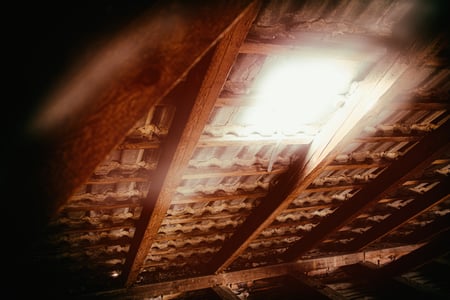
Your attic is ground zero for spotting hidden roof leaks. If pipes in the attic are rusting or feel damp, rainwater could be entering through faulty flashing, vents, or cracked seals.
What to look for:
- Rust-colored streaks
- Condensation
- Damp insulation around pipes
Inspecting your attic during or right after heavy rain can help catch issues early.
Missing or Curling Shingles
Take a look at your roof from ground level. Are there any shingles missing, cracked, or curling up at the edges? When shingles are damaged or blown off by wind, they expose your underlayment and roof deck to the elements, allowing water to sneak in. Regular inspections after storms can help prevent this common cause of roof leaks.
Active Dripping During Rainstorms
It might seem obvious, but if water is dripping into your home when it rains, your roof is in trouble. However, not all leaks result in constant drips. Some only show up under specific weather conditions, like wind-driven rain. Even a small, occasional drip can lead to serious water damage. Use a tarp as a temporary fix, and schedule a professional roof inspection right away.
Damaged or Cracked Roof Vents
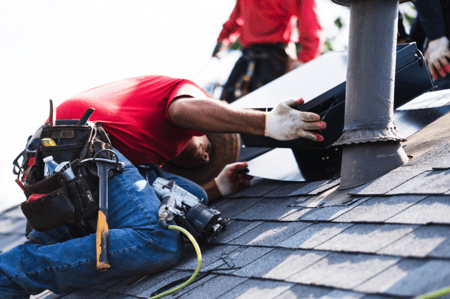
Roof vents regulate airflow and reduce moisture buildup, but when they’re cracked or poorly sealed, they can let rainwater directly into your attic. Instead of attempting a DIY fix, which may only be temporary, it’s best to have damaged vents replaced by a professional to ensure a watertight seal.
Poor Roof Installation
Unfortunately, not all roofers are created equal. A poorly installed roof can start leaking within just a few years.
Signs of a bad installation include:
- Uneven shingle alignment
- Exposed nail heads
- Gaps or missing materials
- Unsealed penetrations (like satellite dishes or HVAC mounts)
Choosing a licensed, experienced roofing contractor is critical to avoid these costly issues.
Chimney Flashing Failures
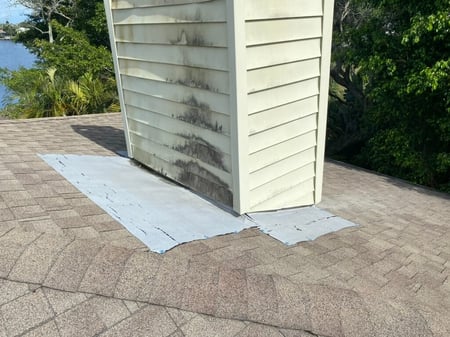
Your chimney is another common source of roof leaks. If the flashing (the metal seal around the base) is cracked, rusted, or missing, water can seep into the structure.
A full chimney inspection should include:
- Checking the chimney cap
- Looking for siding cracks
- Inspecting flashing and mortar joints
Keeping your chimney sealed and secure is vital for a leak-free roof.
Lack of Regular Roof Maintenance
Roof leaks often stem from neglect. If you haven’t had your roof checked in a while, minor issues can snowball into major repairs.
We recommend:
- Visual inspections after storms
- Professional inspections twice a year
- Keeping records of repairs and cleanings
Routine maintenance helps extend the life of your roof and protects your investment.
Your Roof’s Age Is Showing
Every roof has an expiration date. Most asphalt shingle roofs last 15–20 years, while premium materials like tile or metal can last 50+ years.
If your roof is nearing the end of its lifespan, it’s more vulnerable to leaks, even if it looks okay from the outside. Planning for a roof replacement before problems arise can save you thousands in repair costs.
Think You Might Have a Roof Leak?
If you’ve noticed any of these signs, don’t wait! Roof leaks rarely fix themselves and often lead to more damage the longer they’re ignored.
For more details on what repairs might cost, check out our article: How Much Does It Cost to Repair a Leaky Roof?
And if you’re ready for a professional opinion, our team at RoofCrafters is here to help. With decades of experience serving Florida, Georgia, and South Carolina, we know how to find and fix leaks fast. Click the button below to schedule your free inspection and keep your home dry, safe, and protected.
My name is Anthony, and I am the lead estimator of RoofCrafters’ Georgia/South Carolina division. The roof is the most important part of a structure, and people count on that to protect themselves and their families. That is one of the many reasons why I love my job and enjoy coming to work every day. The continuous training, honesty, and providing the customer with the Roofcrafters experience is what makes me the best in the business.
